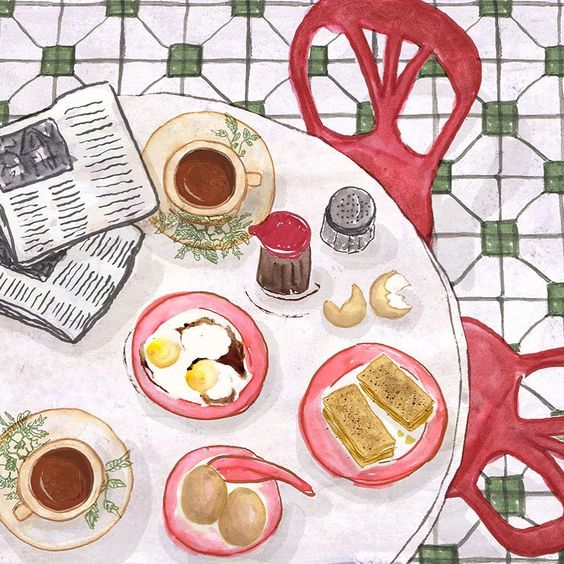By Haidah Halid
Three major senses of an individual are ignited when they first step into a cafe. First, the smell of freshly grounded coffee beans reaches the nose. Next comes the whirring sounds of coffee machines through the ears. Later, the sight of a long line will be seen.
Throughout the years, cafes have rapidly popped up on the streets of Malaysia. No matter where you are, whether youre in the city of Kuala Lumpur or by the beach in Penang Island, a cafe will inevitably exist. Cafes are usually known to serve either coffee or tea with light refreshments such as baked goods or snacks.
However, the concept of cafes is not foreign to the locals in Malaysia.Â

In fact, long ago, cafes were the locals kopitiam, which means coffee shop in the Hokkien dialect. Kopitiams are usually owned by Malaysians of Hokkien or Hainanese descent. In almost every state, city or district there will be a few neighbourhood kopitiams to serve staples such as local coffee brews, charcoal grilled toast served with kaya and butter and soft-boiled eggs.
These eateries were and are still infamous across all races, with customers from various backgrounds and economic status. Thus, becoming the locals prime hang out spot.
Through the existence of kopitiam-like eateries, coffee culture slowly began its descent on the Malaysian coast. Coffee culture is defined as a set of social behaviours that revolve around the consumption of coffee, particularly as a social lubricant (a food, beverage or social activity that helps people feel more comfortable in social occasions).
The culture allowed locals to bond more freely and smoothly because of their common love for coffee. Hence, setting a trend in which ˜coffee dates were frequently practised even until today.
However, the younger generation would rather switch the old school hang out spot for more modern and hip neighbourhood cafes which mainly focuses on attracting teenagers and young adults. Cafes today have taken a more modern take in terms of the overall aesthetic. The interior design as well as the coffee art or plating of the food in a cafe is structured to ensure a more picturesque or ‘instagram-worthy’ aesthetic.
Local coffee beans are no longer the only source for brews. The emergence of modern technology has enabled multiple cafes to import foreign coffee beans from all over the world. Arabica coffee beans, Brazilian coffee beans, Colombian coffee beans, you name it. Most of them can now be seen in our local cafe spots.
Furthermore, baristas, people who prepares and serves coffee drinks, have also made efforts to venture out into different parts of the world in order to attend courses on how to enhance their skills in coffee-making. As a matter of fact, Malaysia Barista, a homegrown company has been established to provide workshops and courses to those who are interested in the art of coffee making.
Themed cafes have also made its way into the local scene. Book and cat cafes, are opening more, although not many have managed to garner much attention. In a day and age where people are more glued to their electronic devices, book-themed cafes exist in order to inculcate the habit and spirit of reading to their customers.
These themed cafes have influenced major bookstores like MPH, Borders and Kinokuniya to join ventures with coffee and cafe business in order to provide a more inviting atmosphere and environment.
This growing trend of cafes, books and coffee has encouraged people to venture into the business world, to pick up the habit of reading and to socialise more by meeting family or friends face-to-face over coffee rather than through the screen.
International Coffee Day 2019 was celebrated last week on 1 October. ***
